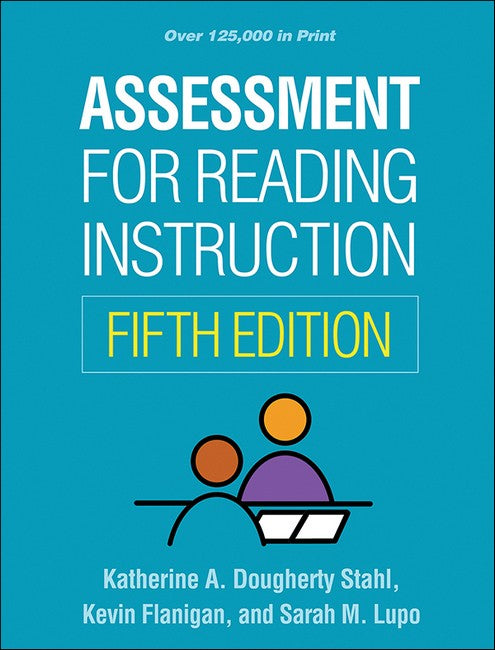Katherine A. Dougherty Stahl, EdD, is a literacy consultant and author who focuses on translating literacy research into practice. Formerly, she was Clinical Professor of Literacy at New York University (NYU), where she taught graduate courses and served as Director of both the Literacy Program and the NYU Literacy Clinic. Before entering academia, Dr. Stahl taught in public elementary and middle school classrooms for over 25 years. Dr. Stahl specializes in reading acquisition, comprehension instruction, reading intervention, and literacy assessment. She partners with educators as a consultant to support their efforts to improve reading achievement, especially for students with reading difficulties.Kevin Flanigan, PhD, is Professor in the Literacy Department at West Chester University (WCU) in Pennsylvania. He teaches literacy courses and serves as Graduate Coordinator of both the MEd in Literacy/Reading Specialist Program and the WCU Reading Center. A former middle-grades classroom teacher and reading specialist/coach, Dr. Flanigan researches and writes about developmental word knowledge and interventions for students with reading difficulties. To help educators put research into practice, he regularly works with teachers and schools to help improve their students' reading achievement.Sarah M. Lupo, PhD, is Associate Professor of Literacy Education in the College of Education at James Madison University. She has worked in education since the early 2000s, including as an ESL teacher, English teacher, reading specialist, and literacy coach in Washington,
Request Academic Copy
Please copy the ISBN for submitting review copy form
Description
1. Introduction to Reading Assessment2. General Concepts of Assessment3. Emergent Literacy: Language Development and Phonological Awareness4. Orthographic Knowledge: Phonics, Decoding, Encoding, and Word Recognition5. Measuring Consolidation and Transfer: Analyzing the Reading of Connected Text6. Fluency7. Morphology8. Vocabulary9. Comprehension and Strategic Processing10. Affective Factors11. Assessing Reading in Grades 4-8: Guiding Concepts12. Preparing a Diagnostic Reading ReportAppendix: Case StudiesReferencesIndex

